The BETTER Farm programme held the first of a series of regionalised farm walks on Tuesday of last week. The host farm for the event was Billy Glasheen, Co Tipperay. Billy operates a store-to-beef finishing system and is just one of two farmers in the programme who does not have suckler cows on the farm.
The event demonstrated the importance of getting maximum liveweight from cattle on a grass-based system. This included the value of an early turnout, grassland management throughout the season and improving silage quality. A crowd of approximately 400 people attended and were given an insight into the progress being made on the farm under the BETTER Farm programme.
Billy’s farm consists of 43ha (106 acres), which is split into two blocks. The grazing platform consists of 31ha (76 acres) with the remaining 12ha (30 acres) used to produce silage in a three-cut system. Depending on ground conditions and weather, the outfarm is also used for early and late-season grazing.
Cattle system
Billy and his local Teagasc adviser, Joe Hand, gave a comprehensive overview of the farm background, including the physical and financial performance. The cattle enterprise consists of purchasing dairy-bred steers from marts in the south east.
Billy does most of the buying himself and chooses to buy Angus or Hereford-type steers as he considers continental animals to be too expensive to buy. Being located in a strong dairying region, it is easier to source dairy-bred stock.
Cattle are purchased at a target 400kg liveweight with an aim to slaughter them at 630kg liveweight. As one group of cattle is slaughtered, Billy replaces them with young stores. Last autumn, 96 cattle were bought at an average liveweight of 418kg at €859/head (€2.06/kg).
Purchase price plays a crucial role in the profitability of the system. Billy outlined to those in attendance that he will only buy cattle when their purchase price is in line with beef prices. With the current low beef prices and strong mart prices, he has delayed buying cattle this spring.
In 2012, the farm finished 156 steers at an average carcase weight of 320kg. In 2013, 109 steers were finished at 310kg, mainly due to reduced performance in the first half of the year and a performance loss due to a rumen fluke problem.
There is a carryover of cattle that should have been slaughtered in late 2013.
They will now be slaughtered this year and will be reflected in the 2014 profit monitor with higher output values.
The plan for the farm is to move to finishing 250 cattle per annum and with assistance from programme adviser Alan Dillon, Billy is following a farm plan to achieve this.
Table 1 outlines the physical and financial performance on the farm over the past three years. The targets set for the farm to achieve by 2015 are also detailed. The gross margin has increased from €205/ha in 2011 to €707/ha.
Increased beef price is a leading factor in the increased gross margin as the cattle can be slaughtered through premium beef schemes.
Switching from ad-lib meal finishing to a short intensive feeding period has reduced the level of concentrates used during the finishing phase.
The focus has moved to making high quality silage to replace concentrates. Silage is 70 DMD and is supplemented with 5kg of meal during the finishing period. The finishing diet in winter 2012 was in excess of €4/day, which decreased to €2/day during last winter.
Cattle are weighed regularly on the farm. From 2 October to 19 February, finishing cattle gained 1.1kg/day with one group of Angus steers gaining 1.3kg/day. Store cattle gained 0.6kg/day on a diet of ad-lib silage only. These cattle will be killed off grass in June. As part of the farm plan, around two thirds of the cattle will be slaughtered off grass in future.
Grassland
Billy has invested heavily in soil fertility in the past two years and it has been money well spent. With the farm plan increasing stocking rate to 2.5LU/ha or 250 cattle annually, Billy needs productive grassland to be able to graze these animals.
There is no point in trying to increase stock numbers if you cannot grow enough grass to feed them; otherwise, the need for concentrates is increased. Billy’s farm produced 11.4 tonnes/ha in 2013, which at 18% dry matter is the equivalent of 25 tonnes per acre freshweight.
The farm used 156 units of nitrogen per acre in 2013, which is approximately six bags/acre of CAN. Taking nitrogen at €330/t, one unit of nitrogen will cost approximately 61c/kg, or €95/acre. The farm produced 696kg of liveweight per hectare (282kg liveweight/acre), which is an approximate cost of 33c/kg of liveweight gain from grass last year.
The farm is mostly using compound fertilizers to correct P and K levels, as well as lime. Fertilizer and lime costs have more than doubled from €176/ha to €360/ha in 2013. Figures 1 and 2 outline the changes in soil fertility with phosphorous (P) and potassium (K) indices for Billy’s farm.
The farm has eliminated any soils with an index 1 which, when combined with reseeded grass and pH 6+, increases grass growth. Raising pH also releases more nitrogen from organic matter within the soil. Moving from a pH of between 5.5 and 5.8 to between 6.0 and 6.3 can release an extra 60 to 80 units of nitrogen for grass growth, which is worth €60 to €80/ha.
Spring turnout
Billy has completed a spring rotation planner with the help of his farm advisers. The farm has approximately one third of cattle back at grass and the target is to start the second grazing rotation by 12 April. The outfarm is the main early grazing focus due to heavy grass covers building over the winter.
It is important that these covers are eaten off before the ground is closed up for silage. If it is not grazed off first, there will be an increased build-up of dead matter in the sward and, therefore, reduced silage quality. Table 2 outlines the spring rotation planner on the farm.
Simplicity: Keeping things as simple as possible by buying the same cattle type and age and focusing on grass finishing rather than winter finishing.Volume: Keeping a good turnover of cattle to increase output.Flexibility: The system must be able to adapt to change.
The BETTER Farm programme held the first of a series of regionalised farm walks on Tuesday of last week. The host farm for the event was Billy Glasheen, Co Tipperay. Billy operates a store-to-beef finishing system and is just one of two farmers in the programme who does not have suckler cows on the farm.
The event demonstrated the importance of getting maximum liveweight from cattle on a grass-based system. This included the value of an early turnout, grassland management throughout the season and improving silage quality. A crowd of approximately 400 people attended and were given an insight into the progress being made on the farm under the BETTER Farm programme.
Billy’s farm consists of 43ha (106 acres), which is split into two blocks. The grazing platform consists of 31ha (76 acres) with the remaining 12ha (30 acres) used to produce silage in a three-cut system. Depending on ground conditions and weather, the outfarm is also used for early and late-season grazing.
Cattle system
Billy and his local Teagasc adviser, Joe Hand, gave a comprehensive overview of the farm background, including the physical and financial performance. The cattle enterprise consists of purchasing dairy-bred steers from marts in the south east.
Billy does most of the buying himself and chooses to buy Angus or Hereford-type steers as he considers continental animals to be too expensive to buy. Being located in a strong dairying region, it is easier to source dairy-bred stock.
Cattle are purchased at a target 400kg liveweight with an aim to slaughter them at 630kg liveweight. As one group of cattle is slaughtered, Billy replaces them with young stores. Last autumn, 96 cattle were bought at an average liveweight of 418kg at €859/head (€2.06/kg).
Purchase price plays a crucial role in the profitability of the system. Billy outlined to those in attendance that he will only buy cattle when their purchase price is in line with beef prices. With the current low beef prices and strong mart prices, he has delayed buying cattle this spring.
In 2012, the farm finished 156 steers at an average carcase weight of 320kg. In 2013, 109 steers were finished at 310kg, mainly due to reduced performance in the first half of the year and a performance loss due to a rumen fluke problem.
There is a carryover of cattle that should have been slaughtered in late 2013.
They will now be slaughtered this year and will be reflected in the 2014 profit monitor with higher output values.
The plan for the farm is to move to finishing 250 cattle per annum and with assistance from programme adviser Alan Dillon, Billy is following a farm plan to achieve this.
Table 1 outlines the physical and financial performance on the farm over the past three years. The targets set for the farm to achieve by 2015 are also detailed. The gross margin has increased from €205/ha in 2011 to €707/ha.
Increased beef price is a leading factor in the increased gross margin as the cattle can be slaughtered through premium beef schemes.
Switching from ad-lib meal finishing to a short intensive feeding period has reduced the level of concentrates used during the finishing phase.
The focus has moved to making high quality silage to replace concentrates. Silage is 70 DMD and is supplemented with 5kg of meal during the finishing period. The finishing diet in winter 2012 was in excess of €4/day, which decreased to €2/day during last winter.
Cattle are weighed regularly on the farm. From 2 October to 19 February, finishing cattle gained 1.1kg/day with one group of Angus steers gaining 1.3kg/day. Store cattle gained 0.6kg/day on a diet of ad-lib silage only. These cattle will be killed off grass in June. As part of the farm plan, around two thirds of the cattle will be slaughtered off grass in future.
Grassland
Billy has invested heavily in soil fertility in the past two years and it has been money well spent. With the farm plan increasing stocking rate to 2.5LU/ha or 250 cattle annually, Billy needs productive grassland to be able to graze these animals.
There is no point in trying to increase stock numbers if you cannot grow enough grass to feed them; otherwise, the need for concentrates is increased. Billy’s farm produced 11.4 tonnes/ha in 2013, which at 18% dry matter is the equivalent of 25 tonnes per acre freshweight.
The farm used 156 units of nitrogen per acre in 2013, which is approximately six bags/acre of CAN. Taking nitrogen at €330/t, one unit of nitrogen will cost approximately 61c/kg, or €95/acre. The farm produced 696kg of liveweight per hectare (282kg liveweight/acre), which is an approximate cost of 33c/kg of liveweight gain from grass last year.
The farm is mostly using compound fertilizers to correct P and K levels, as well as lime. Fertilizer and lime costs have more than doubled from €176/ha to €360/ha in 2013. Figures 1 and 2 outline the changes in soil fertility with phosphorous (P) and potassium (K) indices for Billy’s farm.
The farm has eliminated any soils with an index 1 which, when combined with reseeded grass and pH 6+, increases grass growth. Raising pH also releases more nitrogen from organic matter within the soil. Moving from a pH of between 5.5 and 5.8 to between 6.0 and 6.3 can release an extra 60 to 80 units of nitrogen for grass growth, which is worth €60 to €80/ha.
Spring turnout
Billy has completed a spring rotation planner with the help of his farm advisers. The farm has approximately one third of cattle back at grass and the target is to start the second grazing rotation by 12 April. The outfarm is the main early grazing focus due to heavy grass covers building over the winter.
It is important that these covers are eaten off before the ground is closed up for silage. If it is not grazed off first, there will be an increased build-up of dead matter in the sward and, therefore, reduced silage quality. Table 2 outlines the spring rotation planner on the farm.
Simplicity: Keeping things as simple as possible by buying the same cattle type and age and focusing on grass finishing rather than winter finishing.Volume: Keeping a good turnover of cattle to increase output.Flexibility: The system must be able to adapt to change. 





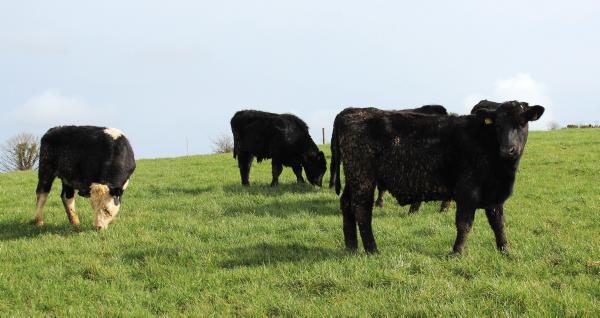
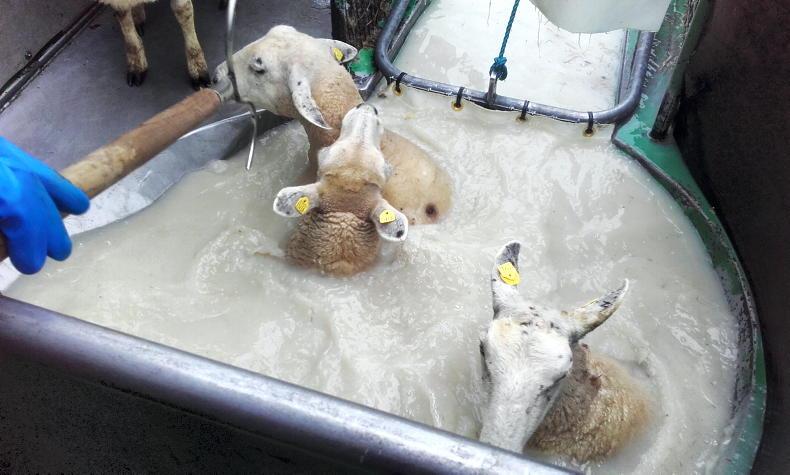

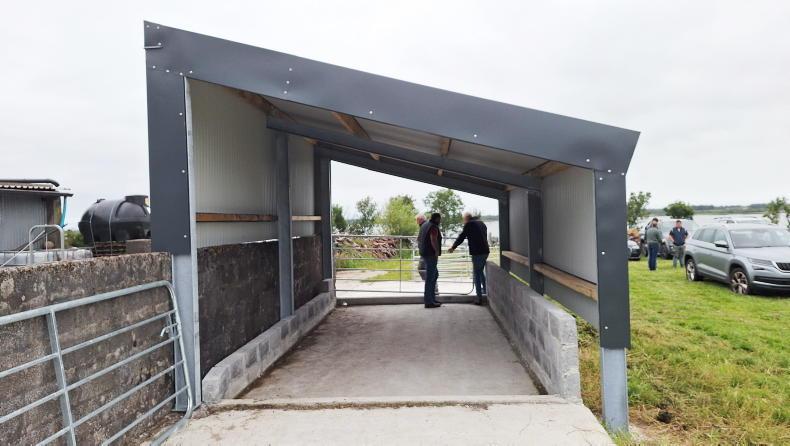
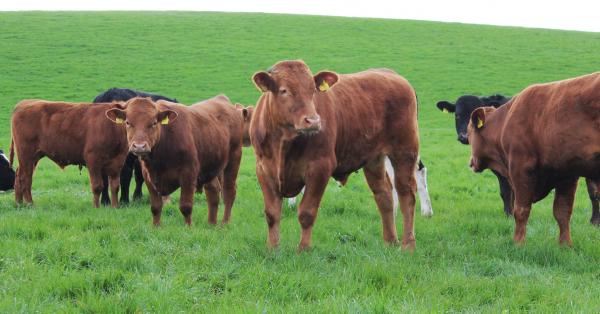
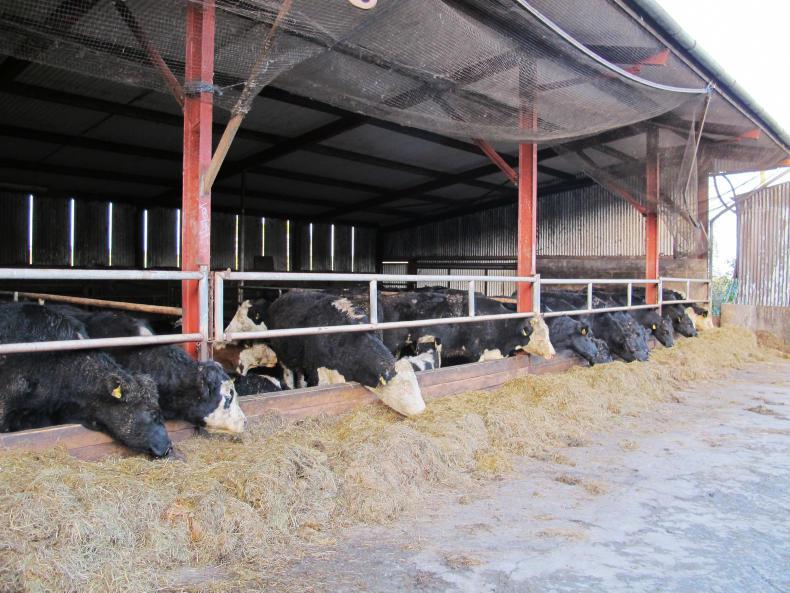
SHARING OPTIONS